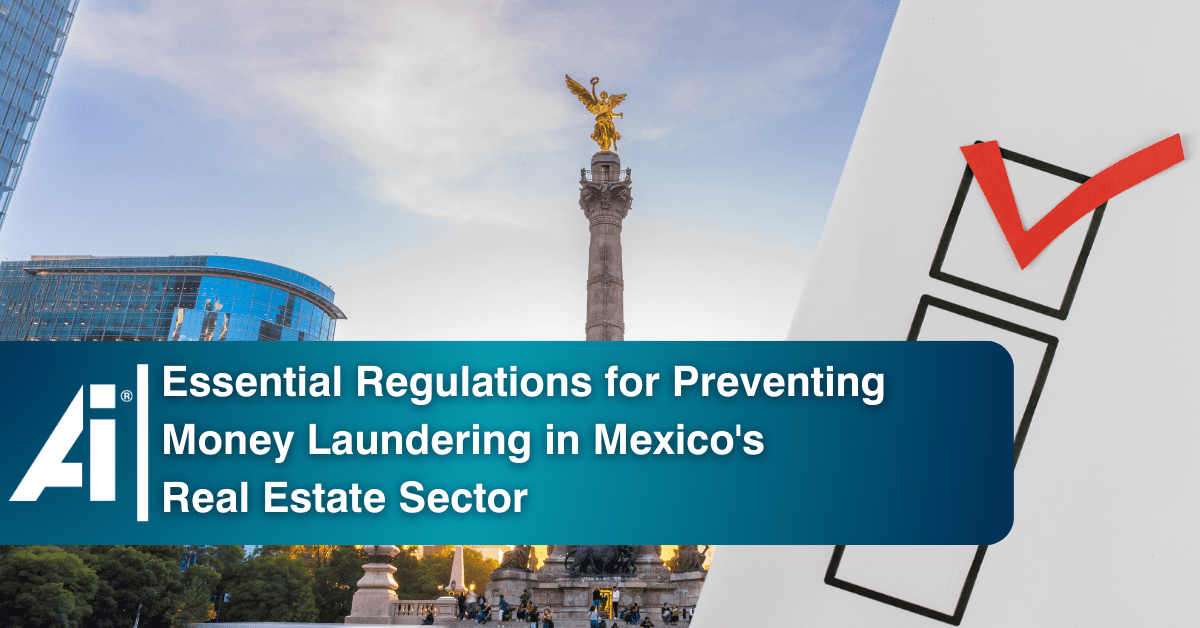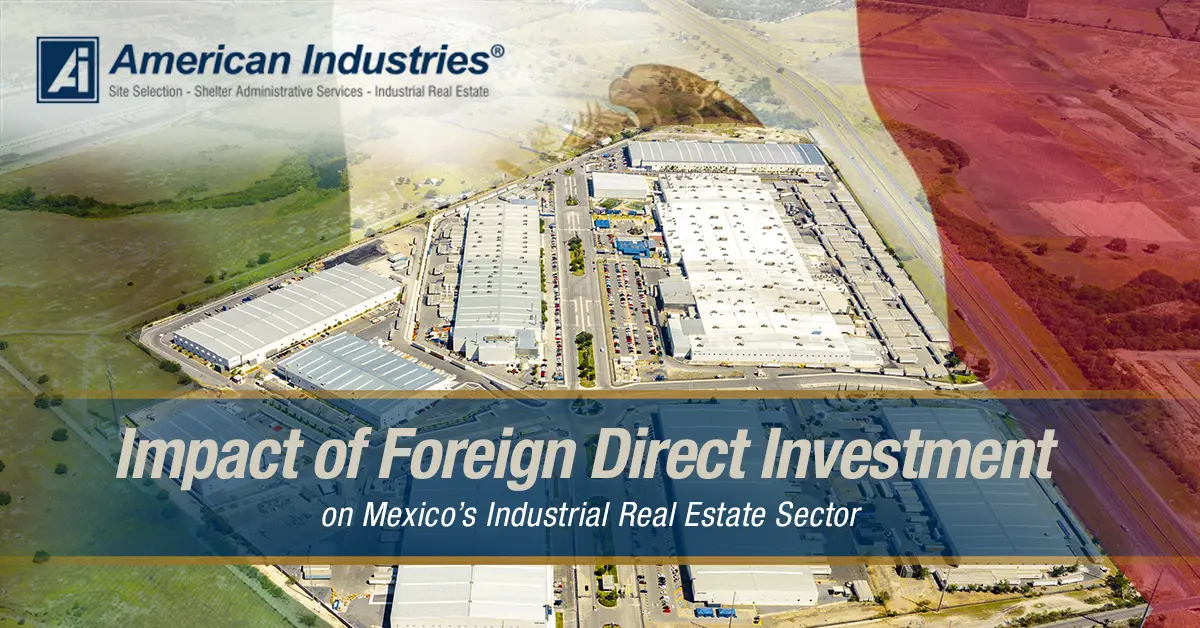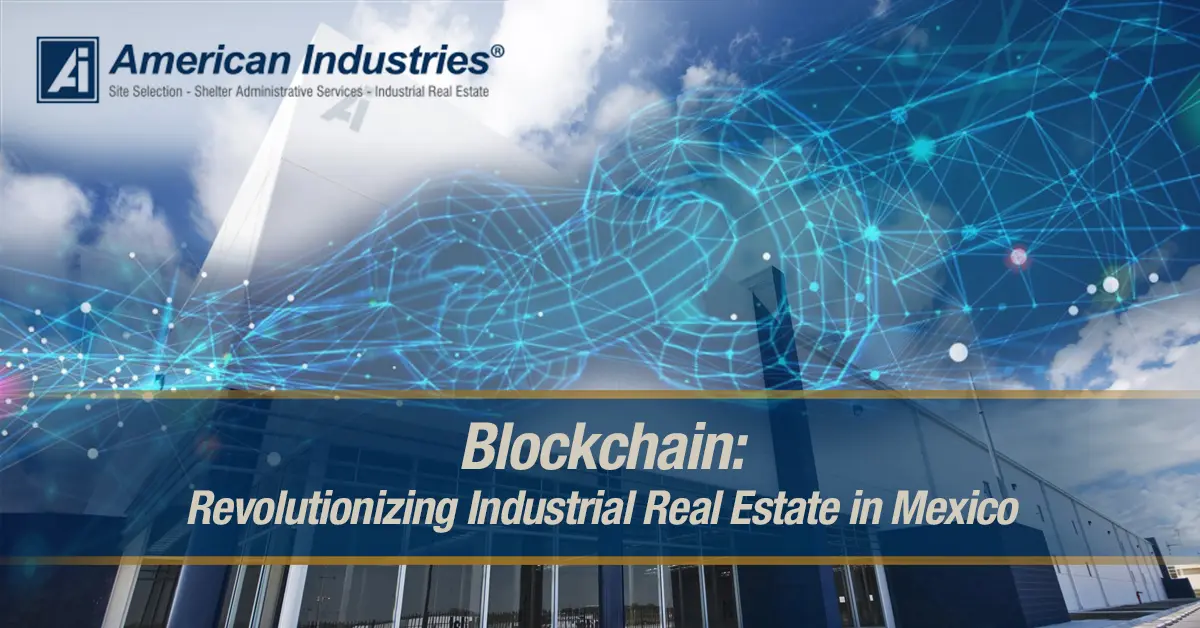

In order host a successful party, you have to bring together all the right elements in the proper place, with the right music, drinks and food, in an easy-to-access place, and make sure the hosts are in good sprits, just to name a few. If any of these factors are missing or lacking, the party will surely go on, but it won’t be as successful or as fun as if all the proper variables were in place. If there’s no music, no one will be dancing. If there’s no food or drinks, guests will be uncomfortable. If it’s in an out-of-the-way location, many people will choose not to attend.
And, just like a party, in order for a company to successfully start up operations in Mexico, all the proper elements must be in place. A concept that has started to gain traction here in recent years are areas referred to as “industrial clusters.” A cluster is defined as a business ecosystem where a collection of elements converge so that the ecosystem can properly function. Who are the stakeholders in this system? Everyone from the government to academia, manufacturers, suppliers, clients, and industrial parks, among others.
We frequently hear this term used broadly in the news in reference to clusters emerging in the automotive industry in Mexico and the aerospace industry in Mexico, as well as tourism, medical and other industries. But do all of these so-called clusters actually have the attributes to be considered as such? Here we will break this concept down, discuss what makes a cluster, the elements required to consolidate a cluster, and the importance of each.
Let’s start with the basic questions international companies in Mexico should ask when assessing a possible location for a new manufacturing plant or distribution center. If the answer to each is yes, then it is very probable that the location in question is a professional and well-structured cluster. As part of a formal and effective process for site selection in Mexico, companies should ask at least the following questions:
- Is there sufficient labor in the area to cover the positions the new manufacturing center will require?
- Does the area have the infrastructure and means of transportation available so that people can easily access the work center?
- Does the government in the area have a policy of promoting and supporting my industry? Do they facilitate the paperwork and applications required?
- Do the universities and schools in the region offer degree programs and training related to my industry?
- Do the graduates of these universities actually have the knowledge and skills my company needs?
- Does it offer areas or industrial parks with a quality of infrastructure and buildings on par with industry standards?
- Does the procurement network have sufficient capacity and quality to manufacture my product or provide my service?
- Is there an ample potential customer base to sell my product or service to in the area?
If any of these factors are missing or insufficient, then the conditions that make up a cluster are not met, and you should probably consider other options.
Many times it is easy for a foreign investor to be tempted to choose a site to start up nearshore in Mexico based solely on the incentive schemes local governments may offer. However, this might be a costly mistake if they fail to ensure that the entire context of the place is favorable.
What good will government incentives do if there is no labor available in the area you want to set up operations in? Will a tax incentive scheme be more important than having an ample network of suppliers? The answer is clear: despite the importance of government aid, this will never be more important in ensuring your business’ success than having a network of services and infrastructure ready and available.
In recent years, the Mexico industrial real estate market has emerged as a leader by properly developing several clusters across the country. The fact that the country is already home to businesses in many sectors places it at a competitive advantage in comparison with other countries, where this infrastructure will take years or decades to develop. A true cluster isn’t something that pops up overnight as the result of a government decree or good intentions. In general, successful clusters are the result of a continuity policy in both the private and public sectors.
The proverbial party for Mexico manufacturing industry is ready with the right elements in place: the place is right (Mexico has a large number of world-class industrial parks and buildings); the food and drink are ready (procurement frameworks in many industries are already developed); the band is ready to play (most local governments are facilitators that aid in this process); and the guests are ready (Mexico has a vast supply of productive and efficient labor). The foundation is set so that new companies can come to Mexico and make their operations a profitable and long-term process.
American Industries Group®
Subscribe
US toll-free: +1 (877) 698 3905
CAN toll-free: +1 (844) 422 4922
start@americanindustriesgroup.com
Please note that we do not accept job applications here. If you are interested in applying for a position, please visit the following link: https://www.americanindustriesgroup.com/jobs/
Related posts





